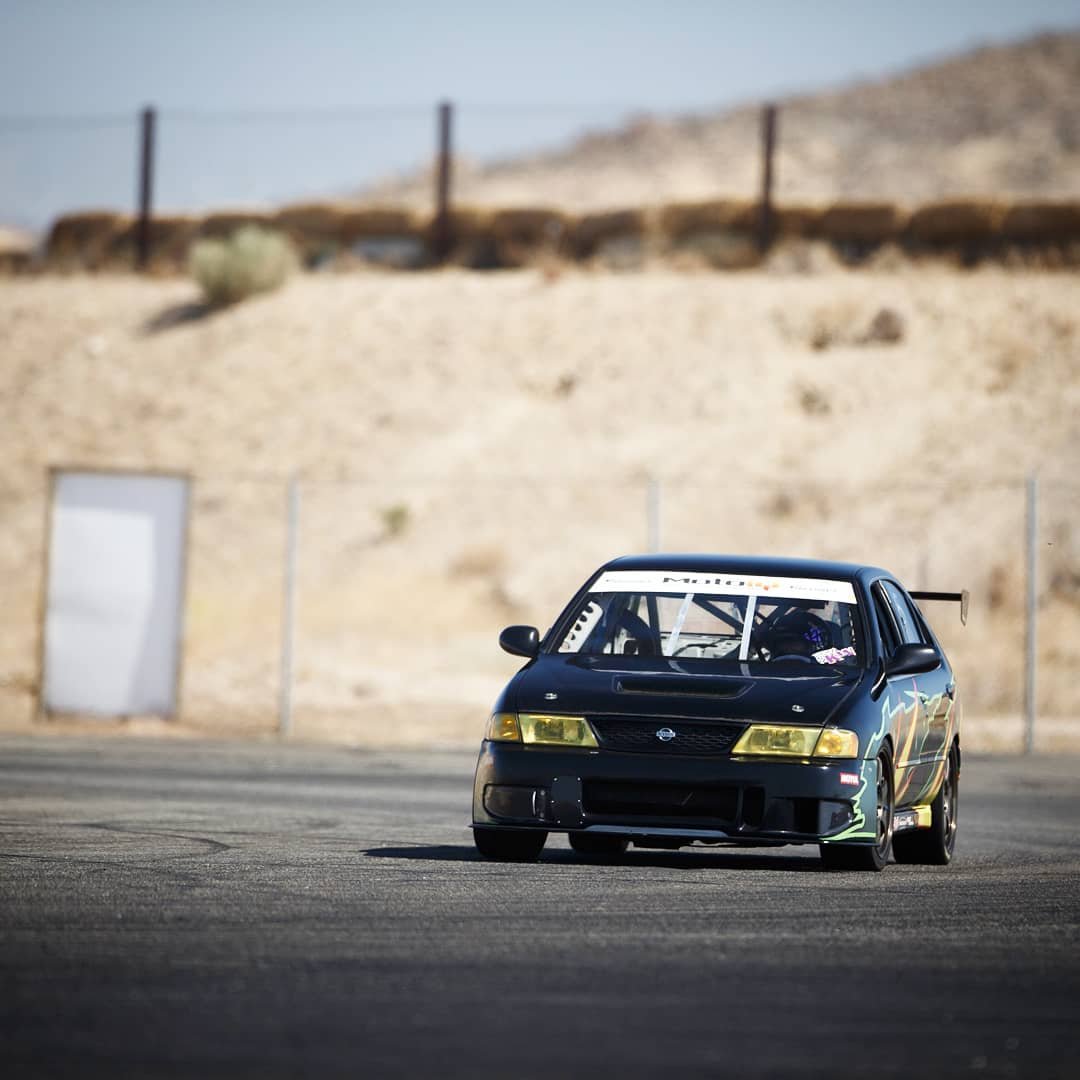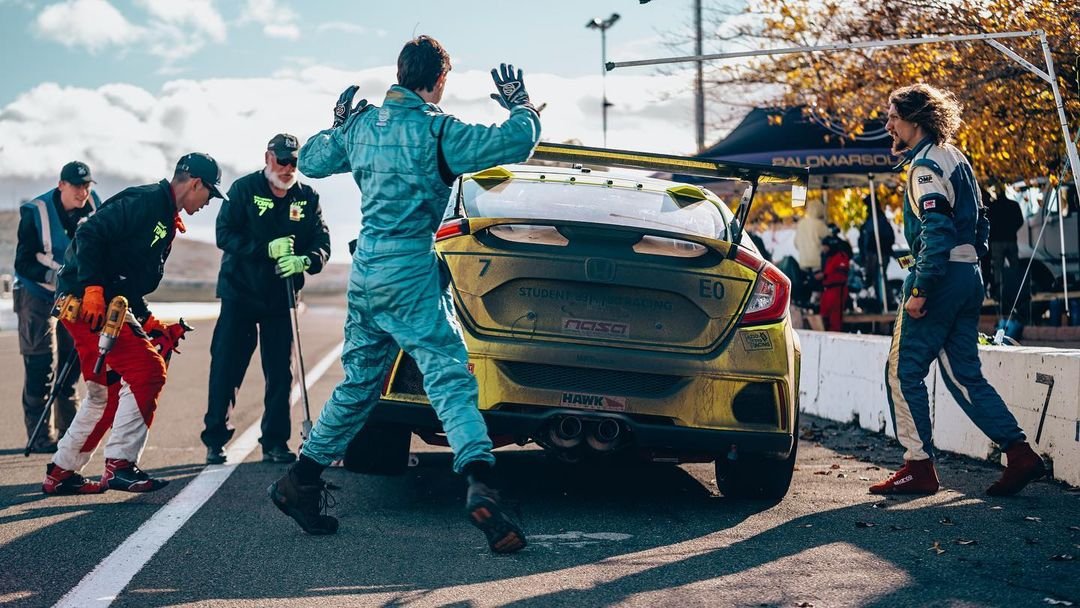
SpeedSF Blog
Every Build Has a Story – Meet the Cars of SpeedSF

Walter’s Sentra: Lifetime Obsession
Twenty years after crewing for various teams in the Spec SE-R series, Walter began racing himself and made a very special Sentra his own.

Near-Win at the 25 Hours of Thunderhill: Team Tazio Ottis Racing's Day-Long Battle
Mechanical troubles, great pace, a tough competitor, and changing conditions made this year’s 25 Hours of Thunderhill a nail-biter for Team Tazio Ottis Racing. Even enduros can provide close finishes like this team had.
